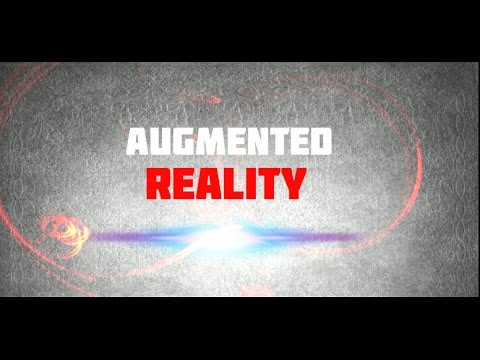Science Documentary: Augmented Reality, Nanotechnology, Artificial Intelligence
Wearable computers have made a lot of news recently. With Google glass, Meta’s space glass, etc. But the question is, how can we make them cheaper, smaller and increase battery life. Infinity Augmented Reality has been trying to solve that very problem. They have provided the the engine that translates your physical world into your virtual world.
Normal cameras are unable to sense the size of objects which they are photographing, so Occipital has created the PrimeSense 3D sensor, which is a structure sensor that gives metric distances to the surfaces of objects. So instead of sensing colors, you sense distances.
Uses for the PrimeSense 3D Structure Sensor include, real estate applications, crime scene recontruction, 3D Scanning of people and objects, and augmented reality gaming. The PrimeSense structural sensor displays the differences in distance by displaying different colors. It can also scan a 3D image that can be sent to a 3D printer, or scan an image that can be interacted with in a video game.
Large Scale Production of High Quality Nanomaterials
As the worlds population grows, the amount of people requiring health care is growing as well. Nanotechnology has promised to provide help in this area. There are many nanomaterials available that have very interesting properties, and these nanomaterials are currently being made in the lab. But since these nanomaterials are so small you need lots of them in order for them to be of any use. Nanomaterials are created using either the top down method or the bottom up method. One way is the chemical vapor deposition method, by which nanomaterials can be produced fairly quickly, you need heat, a carbon precursor, and a metal catalyst. But we need to be able to control the production of nanomaterials or they would be useless. Researchers have been successful in controlling nanomaterials like graphene. Various factors influence the formation of nanomaterials. Graphene and copper is a standard method. Filling carbon nanotubes with magnetic material could be useful in the medical field for drug delivery. And by combining conductive materials with insulating materials, you could create efficient electronics, or sensors, etc.
Artificial Intelligence and Robotics
In creating artificial intelligence, scientists have found that what they thought would be simple to create is actually quite hard, and what you would think would be hard to create is actually quite simple, since it is easier to replicate a great chess player than a small child. Combining the collective intelligence of humans and machines, or multiplicity is the idea of many people working together with groups of machines to solve problems.
Science Documentary: Augmented Reality,Virtual Reality,Wearable Computing
Science Documentary: 3D Printing, 3D Imaging, Ultra Fast Laser Imaging Technology
Science Documentary: Genetics, Robotics, Quantum Computing, Artificial Intelligence
Science Documentary: Graphene , a documentary on nanotechnology and nanomaterials
Science Documentary: Nanotechnology,Quantum Computers, Cyborg Anthropology a future tech documentary
Science Documentary:Perfect lenses,smart textiles,biomedical sensors a documentary on nanotechnology
UCvUhXqOrx7-jy4wW9H0UvjA
source


